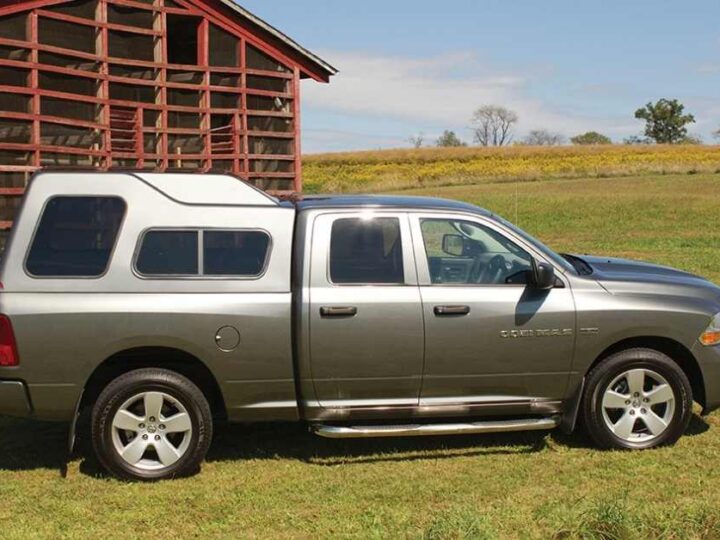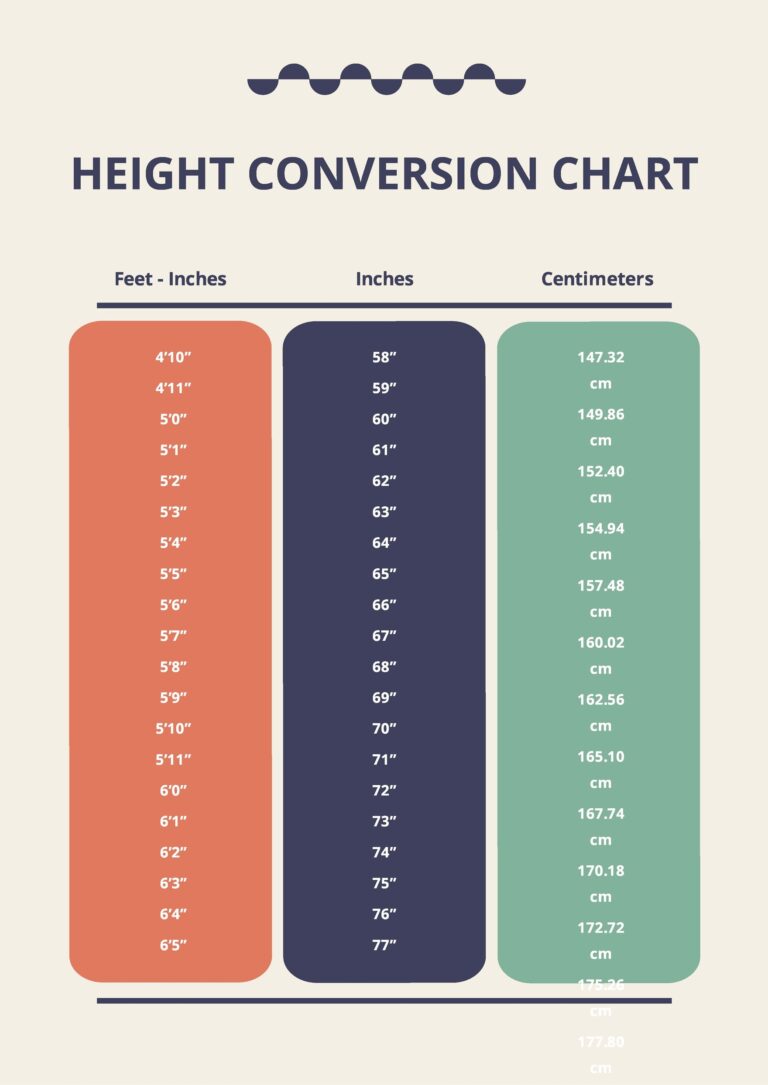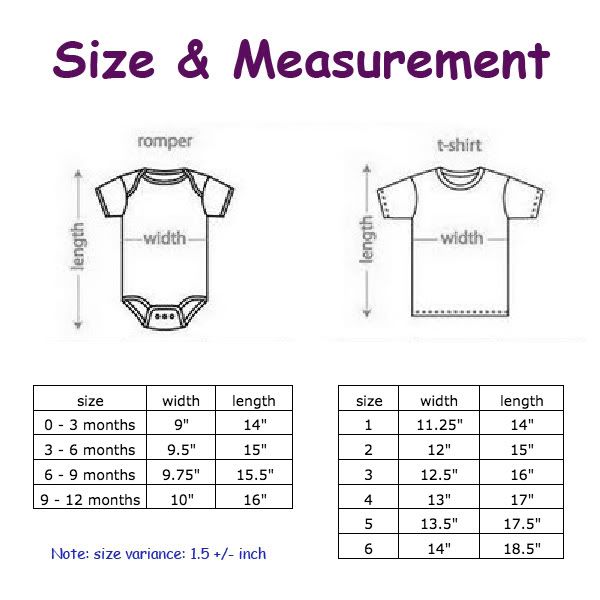Converting Semi Trucks To RV: Your Ultimate Guide to a Custom Home on Wheels
Converting Semi Trucks To RV: Your Ultimate Guide to a Custom Home on Wheels cars.truckstrend.com
The open road calls to many, but for some, the conventional RV just doesn’t offer the space, durability, or unique character they desire. Enter the world of semi-truck to RV conversions – a growing trend that transforms the titans of the highway into colossal, custom-built homes on wheels. This ambitious undertaking offers unparalleled freedom, robust construction, and the ability to truly design a living space tailored to your exact specifications. It’s more than just a vehicle; it’s a statement, a lifestyle, and a testament to ingenuity.
This comprehensive guide will delve into every facet of converting a semi-truck into an RV, from understanding its appeal to the intricate steps involved, critical considerations, and what you can expect in terms of time and cost.
Converting Semi Trucks To RV: Your Ultimate Guide to a Custom Home on Wheels
Why Convert a Semi-Truck into an RV? The Unmatched Advantages
Before diving into the "how," let’s explore the compelling reasons why adventurers, families, and full-time travelers are increasingly opting for these magnificent conversions:
- Unmatched Space and Customization: This is arguably the biggest draw. A semi-truck chassis provides a vast, open canvas. Unlike production RVs with fixed layouts, you have the freedom to design the floor plan, choose materials, and incorporate amenities precisely to your liking – from full-sized kitchens and multiple bedrooms to workshops or even vehicle garages.
- Durability and Longevity: Semi-trucks are built for millions of miles and heavy-duty work. Their robust frames, powerful engines, and commercial-grade components mean they are designed to last, offering a level of resilience far beyond that of a typical RV.
- Superior Towing Capacity: If you plan to bring along a car, boat, or even another trailer, a semi-truck RV’s towing capabilities are virtually limitless, far exceeding what most motorhomes can handle.
- Unique Road Presence: There’s no denying the head-turning appeal of a semi-truck RV. It commands attention and stands out from the crowd, reflecting the adventurous spirit of its owners.
- Potential Cost Savings (Long-Term): While the initial investment can be significant, a well-executed semi-truck conversion can offer more space and durability than a comparably priced luxury motorhome. Furthermore, the longevity of the chassis can translate to lower depreciation over time.

Choosing the Right Semi-Truck Chassis
The foundation of your dream RV is the semi-truck itself. Selecting the right chassis is paramount and depends on your vision and budget.
- Cab-over vs. Conventional:

- Conventional (Long-Nose): These trucks (e.g., Peterbilt 379, Kenworth W900) offer a classic look, a more comfortable ride, and easier engine access. The extended hood, however, means a longer overall vehicle.
- Cab-over (Flat-Nose): Common in Europe and some older American models, these trucks (e.g., Freightliner Argosy, some Volvo models) have the cab positioned over the engine, resulting in a shorter overall length for a given living space. This can be advantageous for maneuverability but may lead to a slightly rougher ride and less direct engine access.
- Engine and Transmission: Look for well-maintained engines (e.g., Cummins, Detroit Diesel, Caterpillar) with a proven track record. Automatic transmissions are easier for RV driving, while manual transmissions offer more control but require more skill.
- Axle Configuration: Most conversions utilize a single drive axle (4×2) to reduce weight, complexity, and tire costs, as the need for tandem axles for heavy freight is removed.
- Budget for the Base Vehicle: Used semi-trucks can range from $10,000 for older, higher-mileage models to $50,000+ for newer, well-maintained trucks.

The Conversion Process: A Step-by-Step Guide
Converting a semi-truck is a multi-phase project requiring a diverse set of skills. While professional help is recommended for critical systems, much can be done by a dedicated DIY enthusiast.
Phase 1: Planning and Design
- Layout Sketching & 3D Modeling: This is where your vision takes shape. Use graph paper, CAD software, or even online RV design tools to plan your floor plan, including kitchen, bathroom, sleeping areas, and storage. Consider window and door placement early.
- Budgeting and Material Selection: Research costs for every component, from framing materials to appliances. Decide on the level of luxury and durability you desire.
- Legal Research: Investigate your state’s specific requirements for titling and registering a converted vehicle as an RV. Understand weight limits and licensing requirements (though a CDL is often not needed for personal RV use, verify this).
Phase 2: Chassis Preparation
- Cleaning and Rust Treatment: Thoroughly clean the frame and underside. Address any rust with wire brushing, rust converters, and appropriate primers.
- Frame Extension (If Needed): Many semi-truck frames are too short for a comfortable living space. Professional frame shops can extend the chassis, ensuring structural integrity. This is a critical step that should not be DIYed without proper welding and engineering expertise.
- Suspension Considerations: While semi-truck suspensions are robust, they are designed for heavy loads. You may need to adjust or modify the suspension (e.g., adding air ride or lighter springs) for a smoother ride once the heavy freight is removed and replaced with a lighter RV body.
Phase 3: Building the Shell
- Framing: This forms the skeleton of your living space. Common materials include steel (strongest, heaviest), aluminum (lighter, corrosion-resistant, more expensive), or wood (e.g., 2x4s, lighter, easier to work with, less durable for long-term road vibration).
- Insulation: Crucial for temperature control and sound dampening. Options include rigid foam boards (R-value dependent), spray foam, or fiberglass batts.
- Exterior Siding: Materials like fiberglass reinforced plastic (FRP), aluminum sheeting, composite panels, or even sheet metal offer durability and weather resistance. Consider aesthetics and weight.
- Roofing, Windows, and Doors: Install a durable, watertight roof. Select RV-specific windows and doors for proper sealing and security.
Phase 4: Interior Systems Installation
- Electrical System: This is complex and critical. Plan for 12V DC (for lights, pumps, fans) and 120V AC (for outlets, appliances). Include shore power hookup, inverter/charger, battery bank (lithium is popular), and potentially a solar power system. Consider professional help for safety and compliance.
- Plumbing System: Design for fresh water (tank, pump), grey water (sinks, shower), and black water (toilet) tanks. Install a water heater (tankless or traditional), and run PEX or flexible piping.
- HVAC (Heating, Ventilation, Air Conditioning): Install an RV-specific rooftop AC unit, a furnace (propane or diesel), and proper ventilation (roof vents, fans).
- Propane System (If Used): For cooking or heating, ensure a properly installed and vented propane system with safety shut-offs.
Phase 5: Interior Finishing
- Walls, Flooring, Ceiling: Install interior paneling (plywood, lightweight composites), flooring (vinyl, laminate, engineered wood), and ceiling materials.
- Cabinetry and Countertops: Build or install custom cabinets for storage and a functional kitchen.
- Appliances: Integrate RV-specific or residential-style appliances like a refrigerator, stove/oven, microwave, and washer/dryer combo.
- Furniture: Install a bed, dinette, sofa, and any other desired furniture.
- Bathroom: Install a RV toilet, shower pan, and sink.
Phase 6: Final Touches and Testing
- Lighting and Decor: Install interior lighting, fixtures, and personalize with decor.
- Safety Checks: Install smoke detectors, carbon monoxide detectors, and fire extinguishers.
- Road Testing: Conduct thorough test drives, checking for leaks, vibrations, and proper system function.
Important Considerations & Challenges
While the rewards are great, semi-truck conversions come with their unique set of challenges:
- Weight and Dimensions: Even converted, these vehicles are massive. Be mindful of bridge heights, weight limits on roads, and the ability to maneuver in tight spaces or smaller RV parks.
- Legal and Licensing: While often not requiring a CDL for personal use, you must re-register the vehicle as an RV. This process varies by state and may require inspection.
- Budget Management: Unexpected costs are common. Always allocate a significant contingency fund (20-30% of your estimated budget).
- Skills Required: This is not a project for the faint of heart. Welding, carpentry, electrical, and plumbing skills are essential.
- Maintenance: Semi-truck parts and servicing can be more expensive and specialized than regular vehicles.
- Parking and Access: Many traditional RV parks or campgrounds may not be able to accommodate the size of a semi-truck RV. Research larger, big-rig friendly parks.
Tips for a Successful Conversion
- Start with a Detailed Plan: Measure twice, cut once. A well-thought-out design saves time and money.
- Don’t Compromise on Safety: Electrical, propane, and frame modifications must be done correctly. When in doubt, hire a professional.
- Utilize Online Communities: Forums, Facebook groups, and YouTube channels dedicated to semi-truck conversions are invaluable resources for advice and inspiration.
- Consider Professional Assistance for Critical Systems: Electrical, plumbing, and structural modifications are areas where expert help can prevent costly mistakes and ensure safety.
- Be Patient and Enjoy the Process: This is a marathon, not a sprint. Embrace the learning curve and celebrate each milestone.
Semi-Truck to RV Conversion Cost Table
The cost of a semi-truck RV conversion varies dramatically based on the chosen truck, the extent of DIY, material quality, and the complexity of the design. This table provides a general range:
| Category | Estimated Low Cost (DIY, Basic) | Estimated Medium Cost (DIY/Partial Pro) | Estimated High Cost (Professional, Luxury) |
|---|---|---|---|
| Base Semi-Truck | $15,000 | $30,000 | $60,000+ |
| Chassis Mods (Frame Ext.) | $2,000 | $5,000 | $10,000+ |
| Exterior Shell & Framing | $5,000 | $15,000 | $30,000+ |
| Insulation | $1,000 | $3,000 | $7,000+ |
| Electrical System | $2,000 | $8,000 | $20,000+ |
| Plumbing System | $1,000 | $4,000 | $10,000+ |
| HVAC (Heat/AC) | $1,500 | $4,000 | $8,000+ |
| Interior Finishing | $3,000 | $15,000 | $40,000+ |
| Appliances | $1,000 | $5,000 | $15,000+ |
| Labor (if outsourced) | $0 (Full DIY) | $10,000 (Key systems) | $50,000 – $200,000+ |
| Miscellaneous/Contingency | $3,000 | $10,000 | $20,000+ |
| Total Estimated Cost | $35,500 | $109,000 | $290,000+ |
Note: These are rough estimates and can fluctuate significantly based on market prices, material choices, and the specific truck model.
Frequently Asked Questions (FAQ) about Converting Semi Trucks To RV
- Q: Do I need a CDL to drive a semi-truck RV?
- A: Generally, no, if the vehicle is registered as a recreational vehicle (RV) for personal use and not for commercial hauling. However, laws vary by state/province, so always verify with your local DMV or equivalent authority.
- Q: How much does a semi-truck RV conversion cost?
- A: Costs range widely, from around $35,000 for a very basic DIY conversion to over $300,000 for a professionally built, luxurious unit. The base truck, materials, and labor are the main cost drivers.
- Q: How long does a conversion take?
- A: A DIY conversion can take anywhere from 6 months to several years, depending on your skills, time commitment, and the complexity of the build. Professional conversions are faster but significantly more expensive.
- Q: Can I live in a semi-truck RV full-time?
- A: Absolutely! Many individuals and families successfully live in their converted semi-trucks full-time, enjoying the space, durability, and custom features.
- Q: Is it difficult to drive a semi-truck RV?
- A: It requires more skill and awareness than driving a car or even a smaller RV due to its size, weight, and blind spots. However, with practice, most drivers adapt well.
- Q: What about insurance for a converted semi-truck RV?
- A: You will need specialized RV insurance, not standard commercial truck insurance. Many RV insurance providers are familiar with custom builds, but it’s crucial to disclose the conversion process and value.
Conclusion
Converting a semi-truck to an RV is a monumental undertaking, but one that offers unparalleled rewards. It’s a journey of design, construction, and problem-solving, culminating in a truly unique home that can take you anywhere the road leads. The result is a robust, spacious, and deeply personal vehicle that redefines the concept of mobile living. While challenges abound, the freedom, durability, and sheer customizability of a semi-truck RV make it an increasingly attractive option for those seeking a grand adventure on their own terms. If you have the vision, the dedication, and a healthy dose of mechanical aptitude, your dream of a custom home on wheels might just be a powerful semi-truck chassis away.






